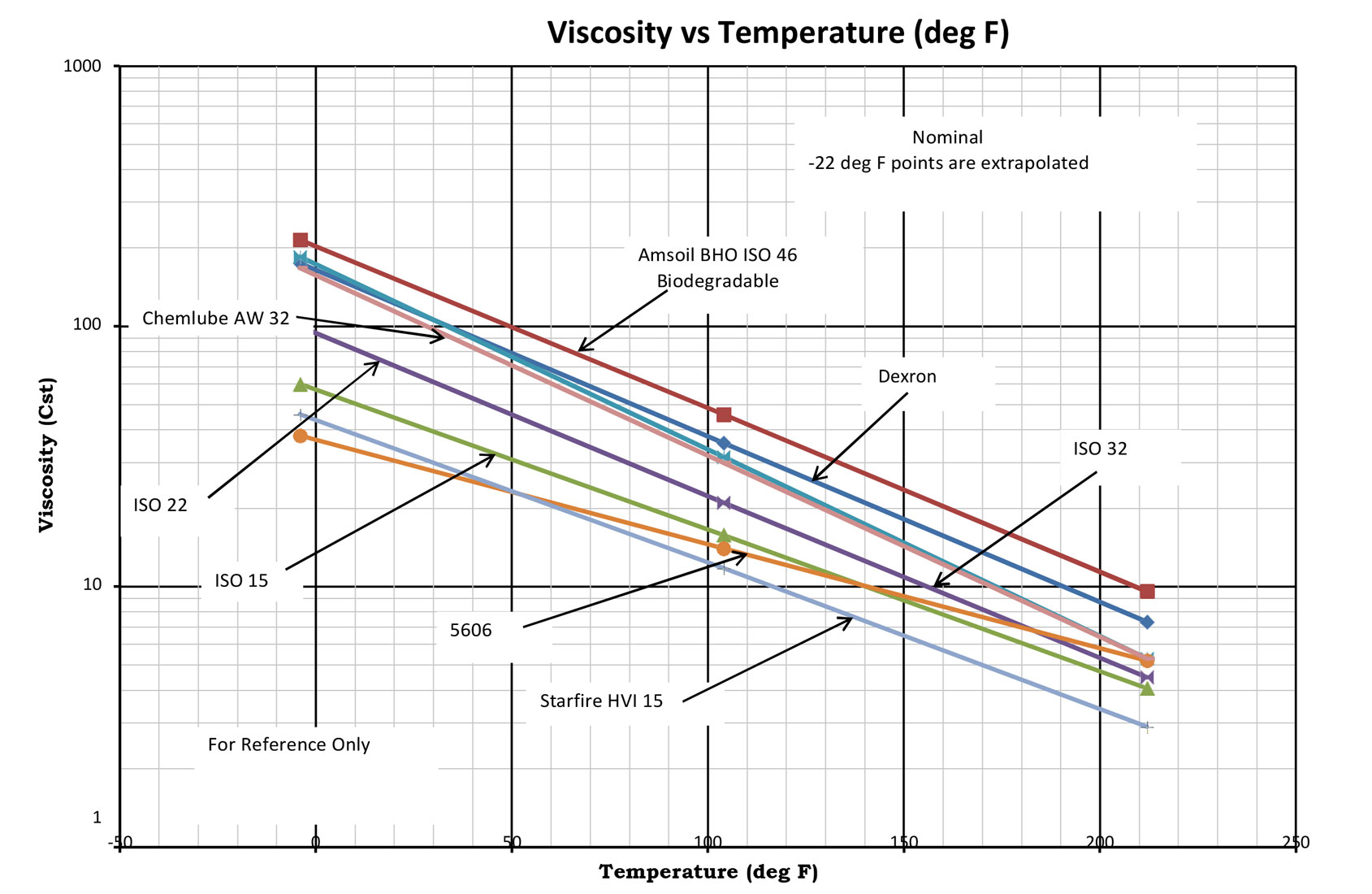
The arbitrarily chosen temperatures for reference are 100 and 210 ☏ (38 and 99 ☌). The VI scale was established by the Society of Automotive Engineers (SAE). (of a synthetic rubber), polyvinyl palmitate, polyvinyl caprylate, copolymers of vinyl palmitate with vinyl acetate, and various other materials used as viscosity index modifiers in a variety of petroleum oils.īelow is the table of viscosity indexes of different petroleum products & fluids for ref:

Widely used materials are, for example, olefin copolymers (OCP), polyalkyl methacrylates (PAMA), poly isobutylene (PIB), styrene block polymers, methylmethacrylate (MMA), polybutadiene rubber (PBR), cis-polyisoprene. VI modifiers are normally used in multi-grade engine oils, gear oils and automatic transmission fluids, power steering fluids, hydraulic fluids and greases. This method is considered obsolete by ASTM and replaced by ASTM D2270. This is the method that determines the viscosity index of lubricating oils. Viscosity index means that it measures the change in viscosity with temperature – a high viscosity index indicates a small viscosity change of a petroleum product with changes in temperature. The viscosity of oil usually decreases as the temperature increases. For user reference, 1 mm 2/s = 10 -6m 2/s = 1 cSt.ĪSTM D567 Method for Calculation of Viscosity Index from Viscosity at 100✯ and 210✯.

Below you will find a simple VI calculator. Normally, all things being equal, highly refined mineral oils with few contaminants have high VIs and Synthetic oils generally have a higher VI than mineral oils. Standard ASTM D2270 Calculates Viscosity Index by Measuring the Kinetic Viscosity of Liquids at 40° and 100☌ and ASTM D567 Method for Calculating Viscosity Index from Viscosity at 100✯ and 210✯. In turn, this means consistent, high performance in the machine. The best oils with the highest VI are stable and do not vary greatly in viscosity over a wide temperature range. Viscosity Index was measured by a scale of 0 to 100 however, modern science of lubrication has led to the development of oils with very high VI. High-VI liquids, in contrast, are less affected by temperature changes. Thus, a fluid with a low viscosity index will experience a relatively large swing in viscosity as temperature changes. The higher the VI, the smaller the change in fluid viscosity for a given change in temperature and vice versa. We can say that the it is the dimensionless number that shows how the temperature change can affect viscosity of an oil (engine oil and automatic gear oils, and power-steering fluids). Established to represent a universally accepted grading system (e.g.The viscosity index (VI) is an arbitrary, unitless measure of a fluid’s viscosity change relative to a temperature change.

International Standards Organization (ISO) grades for hydraulic fluids and industrial gear lubricants. SAE 75W-90)Īmerican Gear Manufacturers Association (AGMA) grades for industrial gear lubricants (e.g. Society of Automotive Engineers (SAE) grades for automotive gear oils (e.g. Society of Automotive Engineers (SAE) grades for automotive motor oils (e.g. More specific classifications give us a better idea of how fluids move, but you’ve likely seen at least a few different ways to designate viscosity: However, these terms are general and difficult to measure. Terms such as thick, heavy or high suggest a fluid with strong resistance to flow, such as honey. Some of the informal terms used to describe the viscosity of a relatively free-flowing fluid, such as water, include thin, light and low. Viscosity, defined as a fluid’s resistance to flow, is one of the most important characteristics of a lubricant.


 0 kommentar(er)
0 kommentar(er)
